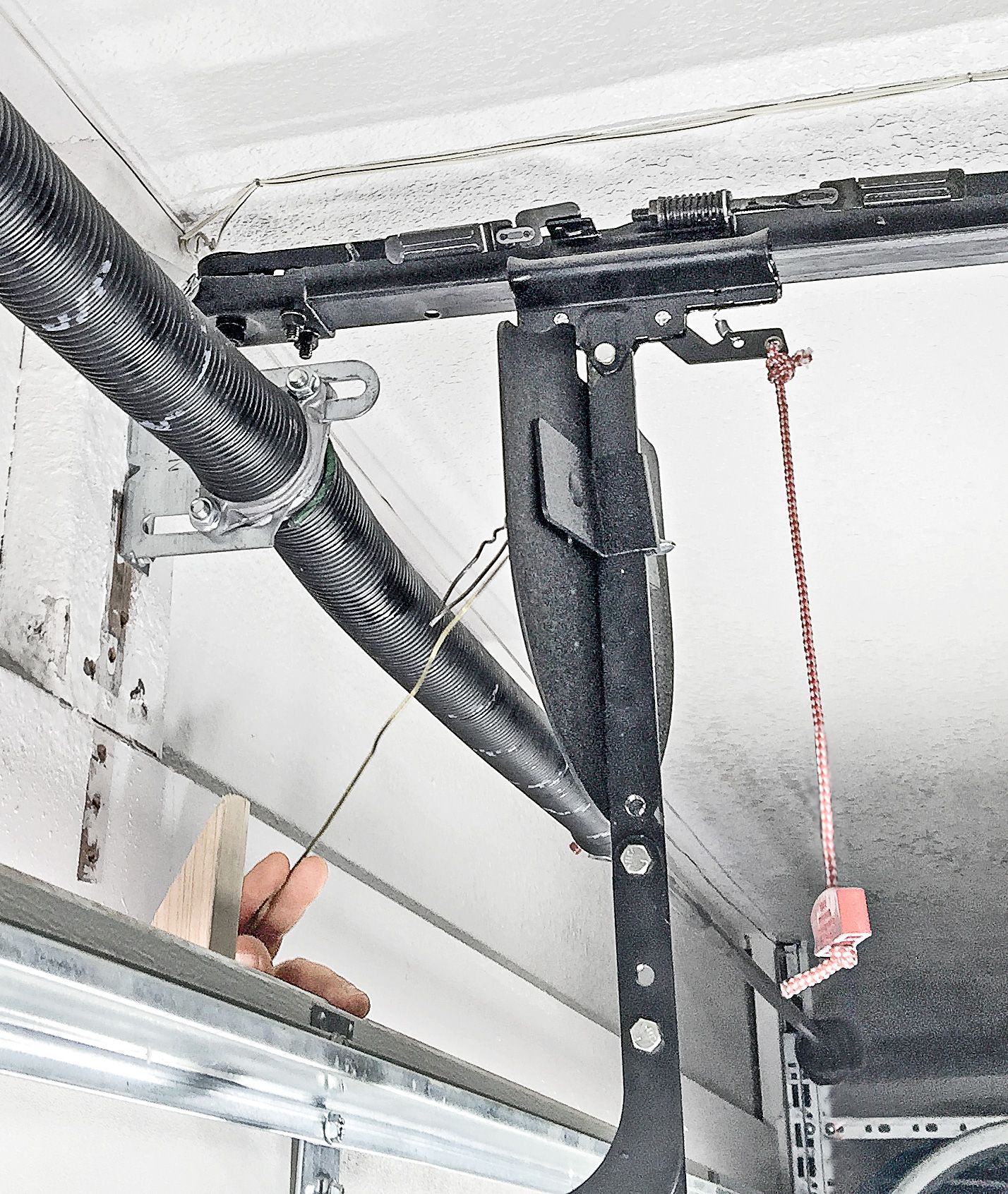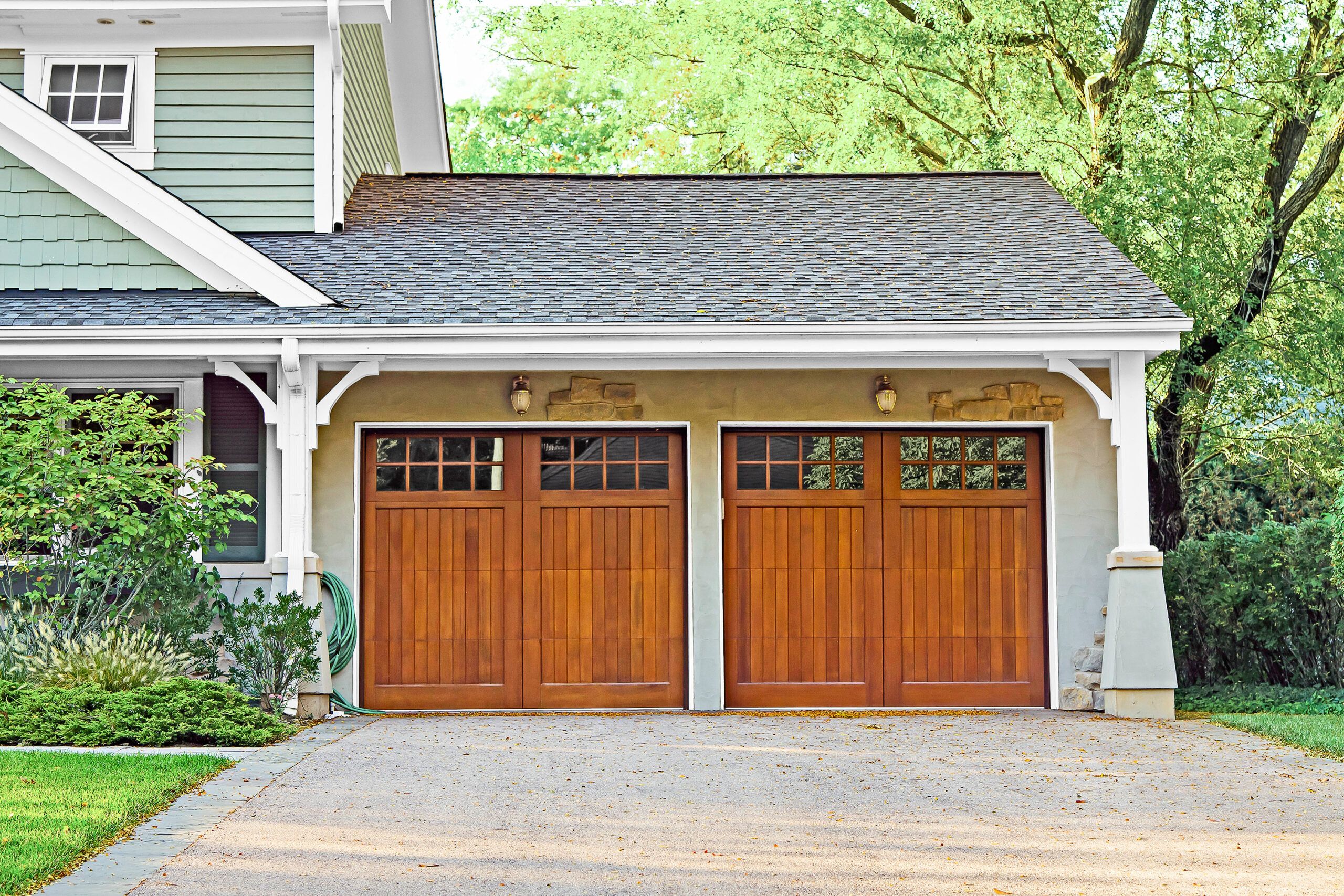Garages are often targeted by intruders because they typically have weaker locks and provide easy access to valuable tools, bikes, and possibly your home. This guide explores various strategies to fortify your garage against break-ins, from basic security measures to advanced technological solutions.
Understanding Your Garage’s Weak Points
Recognizing why garages are broken into and common entry points will help you focus your efforts on the correct areas.
Common Entry Points for Burglars
Burglars often exploit weaknesses in garage security to gain entry. Some of the most common entry points include the following:
- Gaps between the garage door and frame
- Main garage door
- Side doors or service entrances
- Windows
- Unsecured garage door openers
Why Burglars Target the Garage
Garages appeal to burglars for the following reasons:
- They often contain valuable items such as tools, bicycles, and outdoor equipment
- Many homeowners neglect garage security, focusing primarily on the main house
- Garages frequently provide direct access to the home’s interior
- The noise from power tools or lawn equipment can mask the sound of a break-in
- Garages are often less visible from the street, providing cover for intruders
Essential Security Measures for Your Garage Door
The main garage door is often the first line of defense against break-ins. Robust security measures for this entry point is crucial in deterring potential intruders.
Reinforcing the Main Garage Door
To strengthen your garage door, do the following:
- Install a high-quality deadbolt lock
- Use a garage door reinforcement kit to add extra support
- Ensure the door is made of sturdy materials like steel or solid wood
- Regularly maintain and inspect the door for signs of wear or damage
- Consider upgrading to a more secure garage door if your current one is outdated
Upgrading to a sturdier garage door can be a cost-effective, long-term investment. Some modern garage doors come with built-in reinforcements and advanced locking mechanisms that make them harder to breach.
Securing Garage Windows and Side Doors
Don’t overlook other potential entry points. Try the following techniques:
- Install window locks and consider using security film on garage windows
- Apply privacy film to windows to prevent prying eyes from seeing inside
- Reinforce side doors with deadbolts and strike plates
- Use door jammers or security bars for additional protection
Advanced Technology Solutions for Your Garage
New technology, like real-time monitoring and control, can help enhance protection while offering convenience.
Smart Garage Door Openers
Smart garage door openers have the following security benefits:
- Remote monitoring and control via smartphone apps
- Automatic closing after a set period
- Activity alerts and notifications
- Integration with home security systems
Consider installing a device like the universal MyQ system, which uses a smartphone app to operate the garage door while still working with a traditional remote control.
You can integrate most smart garage door openers with voice-controlled home assistants like Alexa, Apply Home Kit, and Google Home. These let you open and close your garage door with voice commands, even from other parts of the house.
Security Cameras and Motion Sensors
Adding a surveillance system can significantly boost your garage’s security. Follow these tips:
- Install weatherproof cameras with night vision capabilities
- Use motion-activated floodlights to deter intruders
- Set up motion sensors that trigger alerts on your smartphone
- Consider a doorbell camera for your garage’s side entrance
Security cameras now come with enhanced features such as facial recognition and smart alerts. These advanced features can quickly notify you about any suspicious activities, making it easier to take prompt action.
Home Security System
Several brands of home security systems, such as Ring and SimpliSafe, will help protect your garage. These security systems include door sensors, cameras, window sensors, motion detectors, and glass break detectors. These sensors can trigger a loud alarm and automatically alert local authorities about a break-in.
Protecting Your Garage Door Remote
Garage door remotes can be a weak link in your security if not properly managed. Securing your remote helps prevent unauthorized garage access.
Secure Storage Options
To keep your remote safe, never leave your garage door remote in your car when parked outside. Bring it inside your house, away from windows and doors. Most garage doors can work with keychain remotes that you can keep with you at all times.
Alternatives to Traditional Remotes
Explore more secure alternatives to standard garage door remotes, like the following:
- Keypad entry systems with frequently changed codes
- Fingerprint recognition devices
- Bluetooth-enabled smartphone apps
- Key fob systems with rolling codes that change after each use
Mechanical Devices to Deter Garage Thieves
In addition to high-tech solutions, simple mechanical devices can provide effective protection against garage break-ins.
Using Padlocks and Track Locks
Padlocks can add an extra layer of security to your garage door. Use them for the following:
- Attach padlocks to the inside tracks just above the rollers
- Use padlocks on both sides of the door for maximum security
- Remove the locks before attempting to open the door to avoid damage
Using padlocks on the inside tracks can make it almost impossible for thieves to lift the door. This is a great, low-cost solution that doesn’t require any technical skills to implement.
Installing a Garage Shield
Install a small steel plate, like the Garage Shield, to the opener’s belt. This prevents intruders from using a coat hanger to pull the emergency release cord. If you install one, make sure the shield doesn’t interfere with your garage door.

Creating a Security-Focused Routine for Your Garage
Developing good habits is an important part of garage security. We recommend always closing and locking the garage door, even when you’re home. If you have an attached garage, keep the door between the garage and the house locked. Avoid leaving garage door openers in vehicles parked outside. Regularly check and maintain all locks and security devices. Keep your valuable items out of sight or in a locked cabinet within the garage.
Extra Precautions When Traveling
When you’re away from home for extended periods, take these additional steps:
- Use timers on interior garage lights to create the illusion of occupancy
- Ask a trusted neighbor to park in your driveway occasionally
- Consider disconnecting your garage door opener and using a padlock
- Remove valuable items from the garage or secure them in a safe
Using timers on lights is a cost-effective way to deter burglars by making it seem like someone is home. You can also temporarily disable the garage door opener for an extra layer of security.
Landscaping and Lighting for Garage Theft Deterrence
Strategic landscaping and lighting can help deter potential burglars by eliminating hiding spots and increasing visibility around your garage.
Strategic Placement of Outdoor Lighting
Install motion-activated floodlights (or a security camera floodlight) around the garage exterior. Use timer-controlled lights to maintain illumination throughout the night. Place lights high enough to prevent tampering.
Using Plants as Natural Barriers
Landscaping can improve security while maintaining curb appeal. Try these techniques:
- Plant thorny bushes beneath windows to discourage access
- Use gravel or loose stones around the garage perimeter to create noise
- Trim trees and shrubs to remove potential hiding spots
- Avoid dense vegetation that could provide cover for intruders
Plants such as barberry, roses, and holly can act as natural deterrents due to their thorns. Gravel or loose stones can serve as an early warning system by making a noise when someone steps on them.
Our Conclusion
Protecting your garage from break-ins requires a multifaceted approach combining technology, mechanical solutions, and good habits. By using the this guide’s strategies, you can significantly improve your garage security and, thus, your entire home. Regularly assess your garage’s vulnerabilities, update your security measures as needed, and stay informed about new technologies to keep your property secure.

